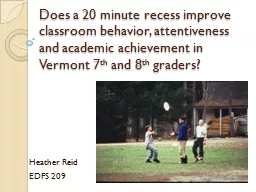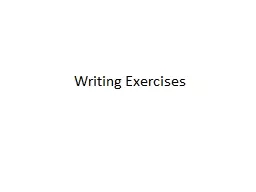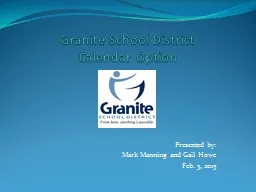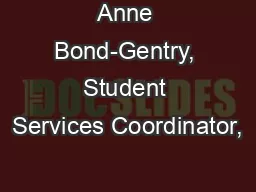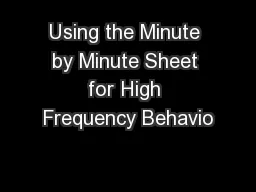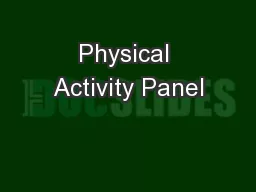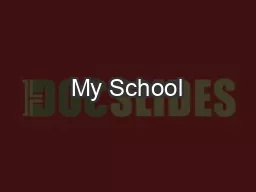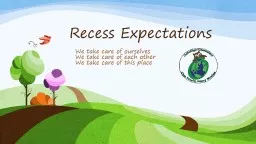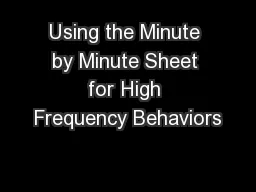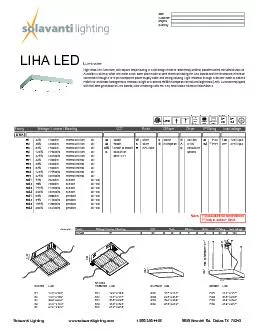PPT-Does a 20 minute recess improve classroom behavior, attenti
Author : lindy-dunigan | Published Date : 2015-12-07
th and 8 th graders Heather Reid EDFS 209 Literature Review Recess results in improved classroom behavior and more on task time for elementary school students Recess
Presentation Embed Code
Download Presentation
Download Presentation The PPT/PDF document "Does a 20 minute recess improve classroo..." is the property of its rightful owner. Permission is granted to download and print the materials on this website for personal, non-commercial use only, and to display it on your personal computer provided you do not modify the materials and that you retain all copyright notices contained in the materials. By downloading content from our website, you accept the terms of this agreement.
Does a 20 minute recess improve classroom behavior, attenti: Transcript
Download Rules Of Document
"Does a 20 minute recess improve classroom behavior, attenti"The content belongs to its owner. You may download and print it for personal use, without modification, and keep all copyright notices. By downloading, you agree to these terms.
Related Documents

